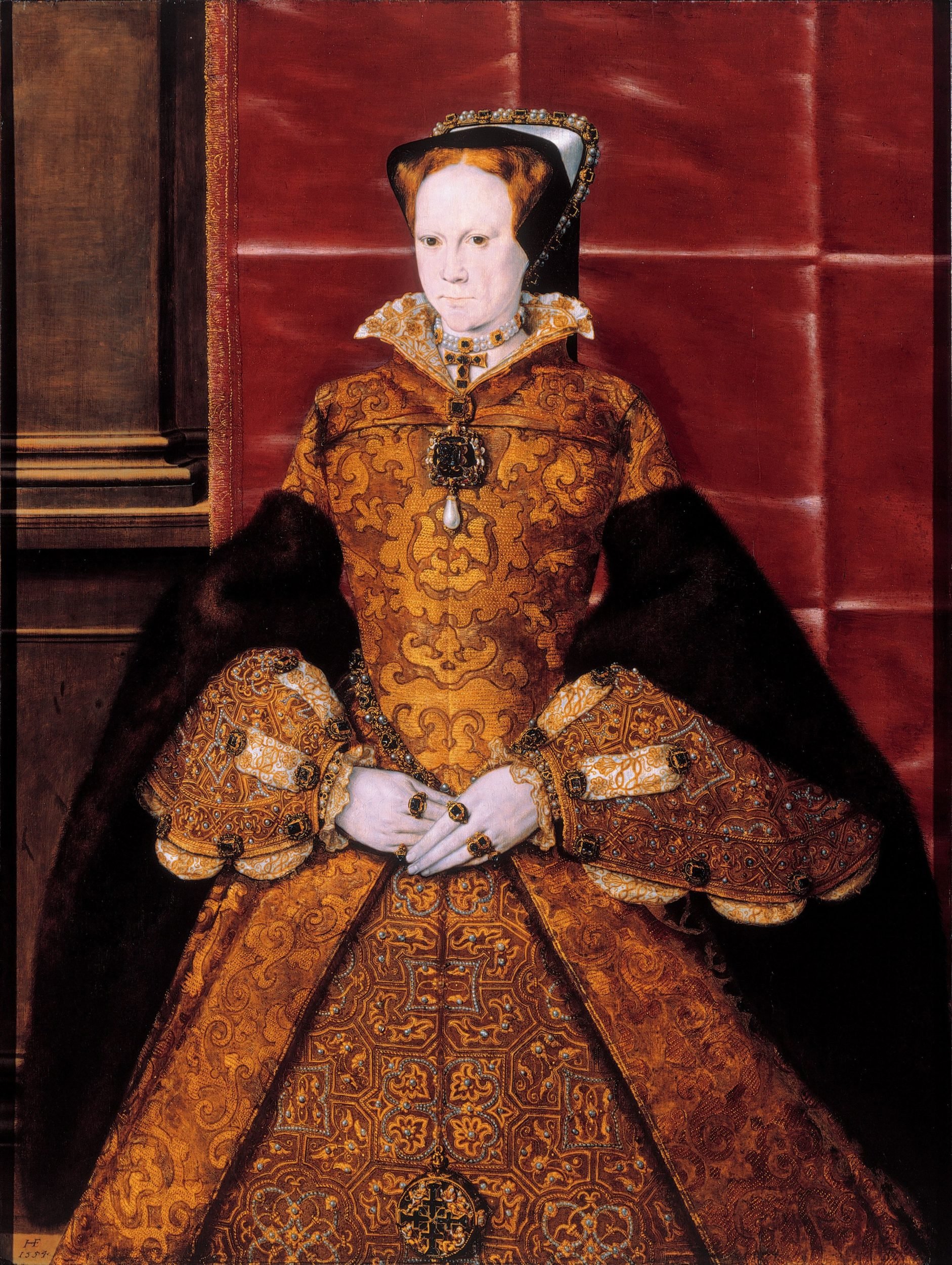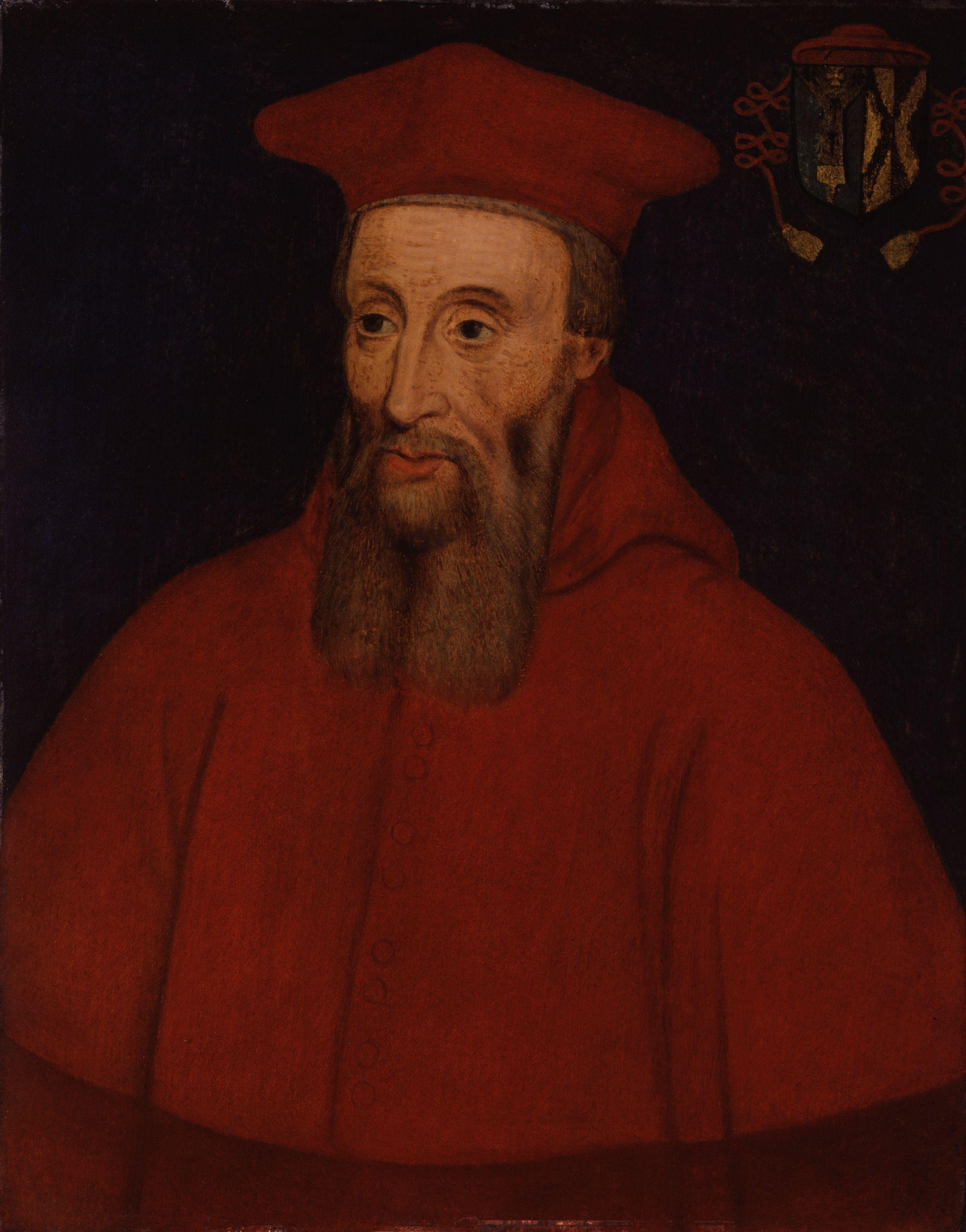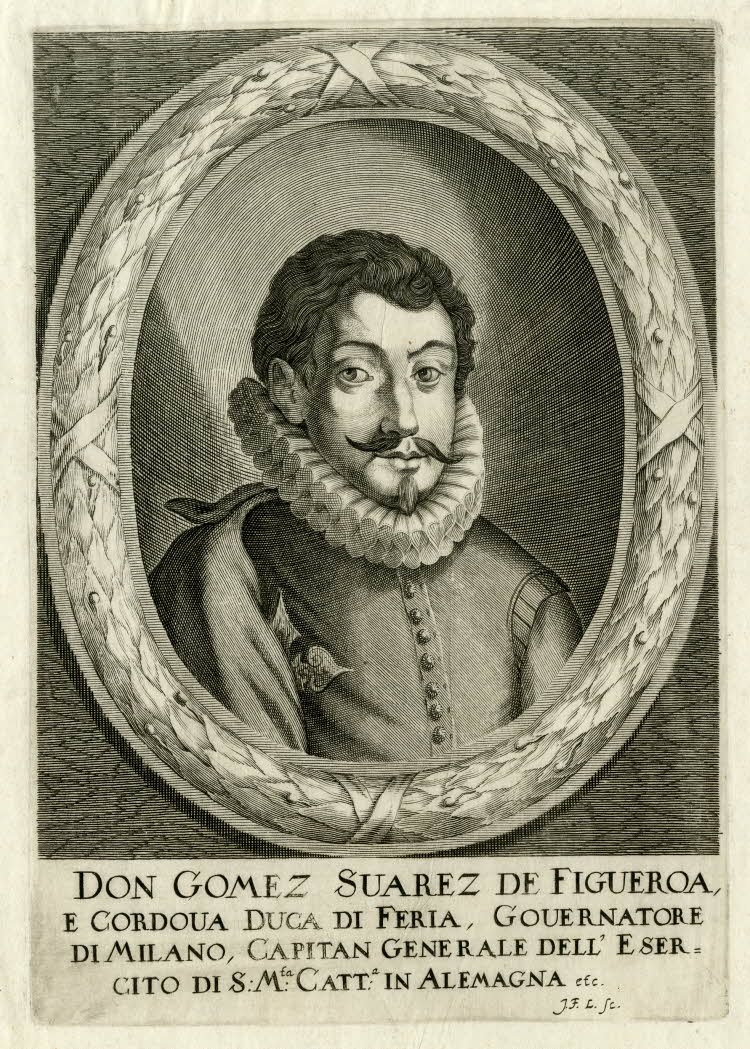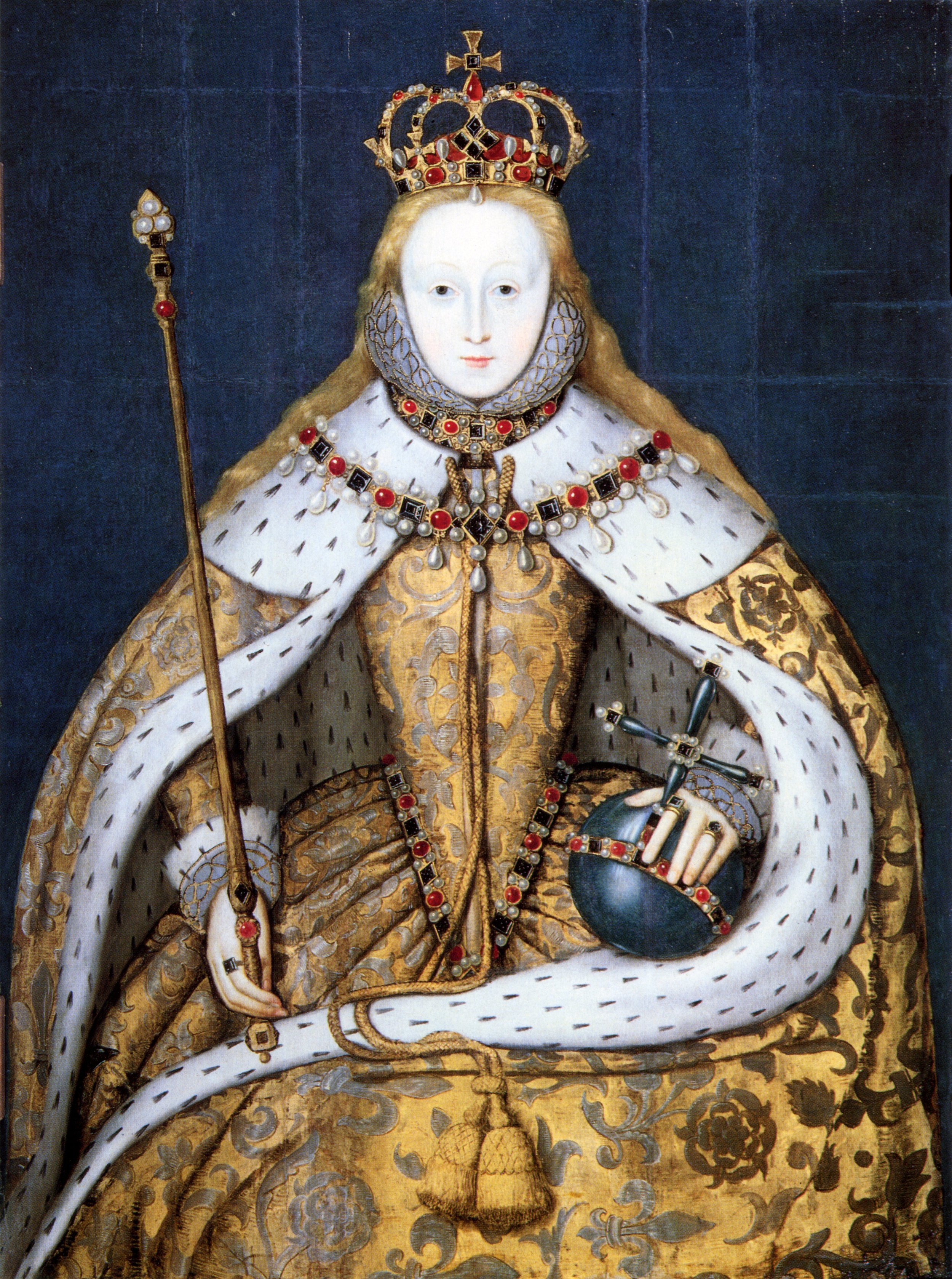Mary and Elizabeth: Lucy Wooding (1558)
Dr Lucy Wooding, author of Tudor England: A History
Having watched the second Elizabethan era draw to a close in recent weeks, it is fitting that in this episode, we are going back to the beginning of the original Elizabethan era.
1558 was a crucial year in the story of the House of Tudor. It marked the moment when the crown passed from Queen Mary to her formidable younger sister Elizabeth. It also was the year when the long history of Catholicism in England came to an end. To learn much more about all of this, Violet travelled to Oxford, to meet Dr Lucy Wooding, the author of Tudor England: A History.
*** [About our format] ***
The 1550s were bewildering years for the people of England. Having so recently lived through the early phase of the Reformation, the nation experienced a series of jolts. First came the hard line Protestantism of Edward VI, King Henry VIII’s son and heir. On Edward’s death in 1553 his elder sister, Mary ascended to the throne. The daughter of Catherine of Aragon and a staunch Catholic, Mary saw it as her spiritual mission to reverse many of the reforms of the previous two decades.
Tudor England: A History by Lucy Wooding
Mary’s reign was eventful, but it also turned out to be short. In 1558, aged just forty-two, she died. This event moved the English nation into a new and uncertain era. Mary’s successor was her younger half-sister Elizabeth. The daughter of Anne Boleyn, there was a great deal of uncertainty about the direction the new queen would take England in. Just one thing was plain. By 1558 the young Elizabeth was known to be clever and single-minded. These were qualities that, over the course of her long reign, would turn out to be crucial.
In this episode Dr Lucy Wooding tells us more about these two fascinating characters. Mary and Elizabeth were the first women to rule England in their own right. United in complicated ways by their blood, it turned out that there would be an even greater division when it came to their faith.
But what did this mean for the ordinary people of England? What was their experience of life like as the monarchs came and went? Wooding explains that many parishes life went on, with continuous readjustments, in a relatively uninterrupted manner.
In London, however, this was not quite the case. 1558, the year we analyse in this episode, was one of tension and surprise. Mary’s death in November was not anticipated. When it came it brought attention, scrutiny and power to Elizabeth. As Wooding explains, people had been watching the young princess carefully for a long time. Now, it seemed, she would be forced to show herself.
Our learned guide on this journey is Lucy Wooding. Wooding is Langford fellow and Tutor in History at Lincoln College, Oxford. She is an expert on Reformation England, its politics, religion and culture and the author of a study of King Henry VIII.
***
Lucy Wooding’s new book, Tudor England: A History is available now.
*** Listen to the podcast ***
Show notes
Scene One: 17 November 1558, London. In the early morning, Mary I lies dying at St James Palace. By evening, the Archbishop of Canterbury, Cardinal Reginald Pole, has also died – a momentous day for Catholicism in England.
Scene Two: November 1558, a few days earlier. Princess Elizabeth is at a dinner party at Brocket Hall, with the Count of Feria who has been sent by Philip II (Mary’s husband) to sound out the heir to the throne. He concludes that she is, ‘'She is a very vain and clever woman’, who is, ‘determined to be governed by no one'.
Scene Three: Late 1557, The Works of Sir Thomas More, sometime Lord Chauncellor, wrytten by him in the Englysh tonge are published by the printer William Rastell, who was also More’s nephew.
Memento: The reliquary known as the ‘tablet de Bourbon’, made by one of the great Parisian goldsmiths and acquired as part of a ransom during the Hundred Years War. Worn by Mary I in the portrait by Hans Eworth.
People/Social
Presenter: Violet Moller
Guest: Dr Lucy Wooding
Production: Maria Nolan
Theme music: ‘Love Token’ from the album ‘This Is Us’ By Slava and Leonard Grigoryan
Podcast partner: Ace Cultural Tours
Follow us on Twitter: @tttpodcast_
Or on Facebook
See where 1558 fits on our Timeline
About Dr Lucy Wooding
Lucy Wooding studied for both her degrees at Magdalen College, Oxford. She lectured at Queen’s University in Belfast and then King’s College in London before returning to Oxford in 2016. She is now a Langford fellow and tutor in history at Lincoln College. Wooding is an expert on Reformation England and its politics, religion, and culture and the author of Henry VIII.
Featured Images
Listen on YouTube
Complementary episodes
Ruthlessness and Richard III: Thomas Penn (1483)
The death of the ‘charismatic but unreliable’ King Edward IV at Easter 1483 set in motion an infamous sequence of events. Within weeks Edward’s younger brother, Richard Duke of Gloucester, had seized power. His rivals, the Woodville faction, had fled for their lives and the uncrowned Edward V […]
[Live] Thomas Cromwell and Anne Boleyn: Prof. Diarmaid MacCulloch (1536)
In this wonderfully described episode one of Britain’s greatest historians, Diarmaid MacCulloch, takes us back to the dramatic heart of Henry VIII’s Tudor court. The character in focus is one of the most fascinating of all: Thomas Cromwell.
The City of Tears: Kate Mosse (1572)
In this episode bestselling author Kate Mosse takes us to the heart of one of the most dramatic and violent episodes in French history – the St. Bartholomew’s Day massacre.
Elizabeth I and the Spanish Armada: Tracy Borman (1588)
Historians often refer to the reign of Queen Elizabeth I as being England’s Golden Age. And of all the forty-five years in which she was the monarch, the year 1588 stands out as the most dramatic. It was a year of peril, a year of valour and a year of heartbreak.











